2021
Félix Luque / Íñigo Bilbao / Damien Gernay
The Material Culture of Mobility: Two car’s doors and one hood.
2021
Félix Luque and Damien Gernay
Sculpture, laser cut inflated stainless steel sheets, dimensions variable.
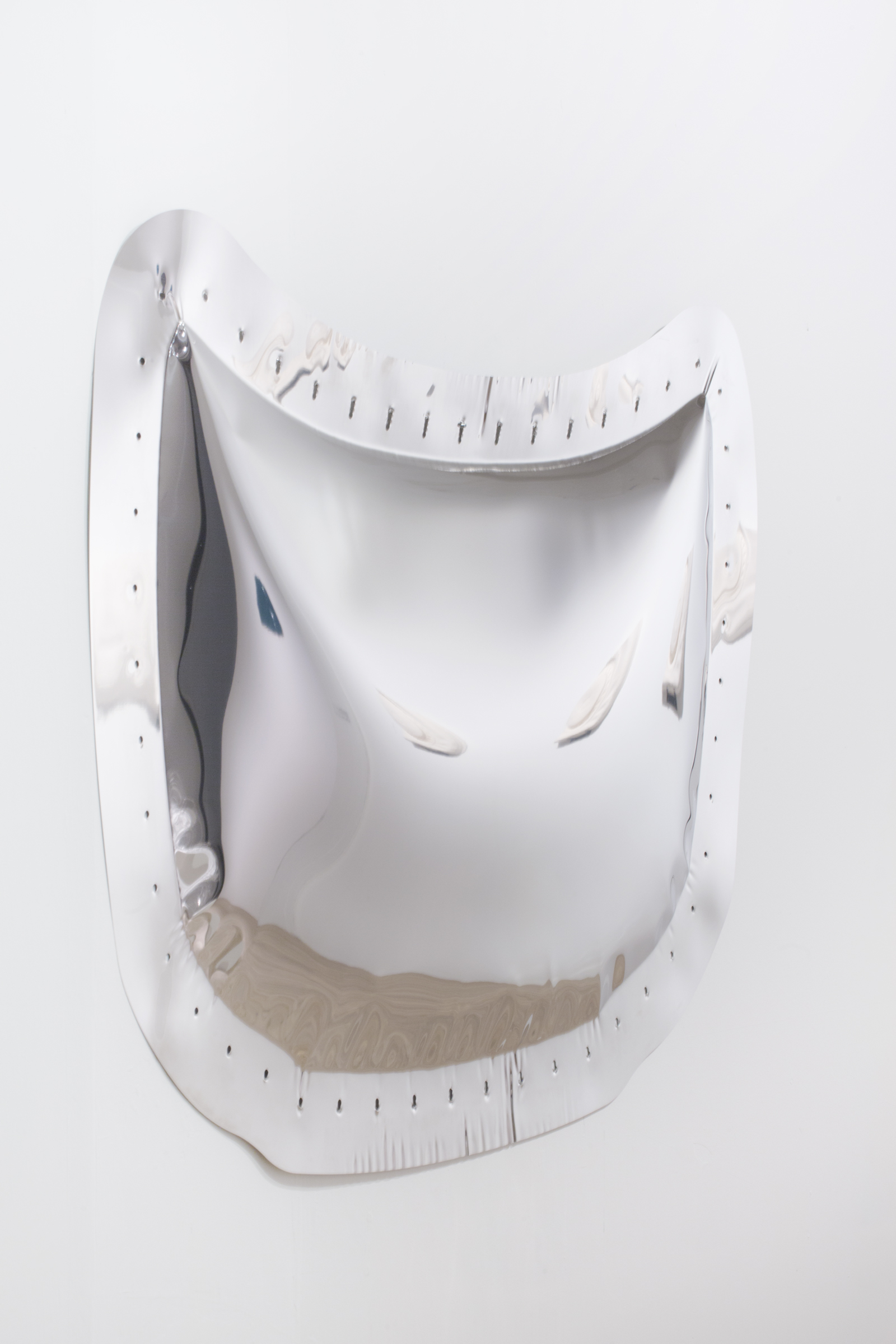

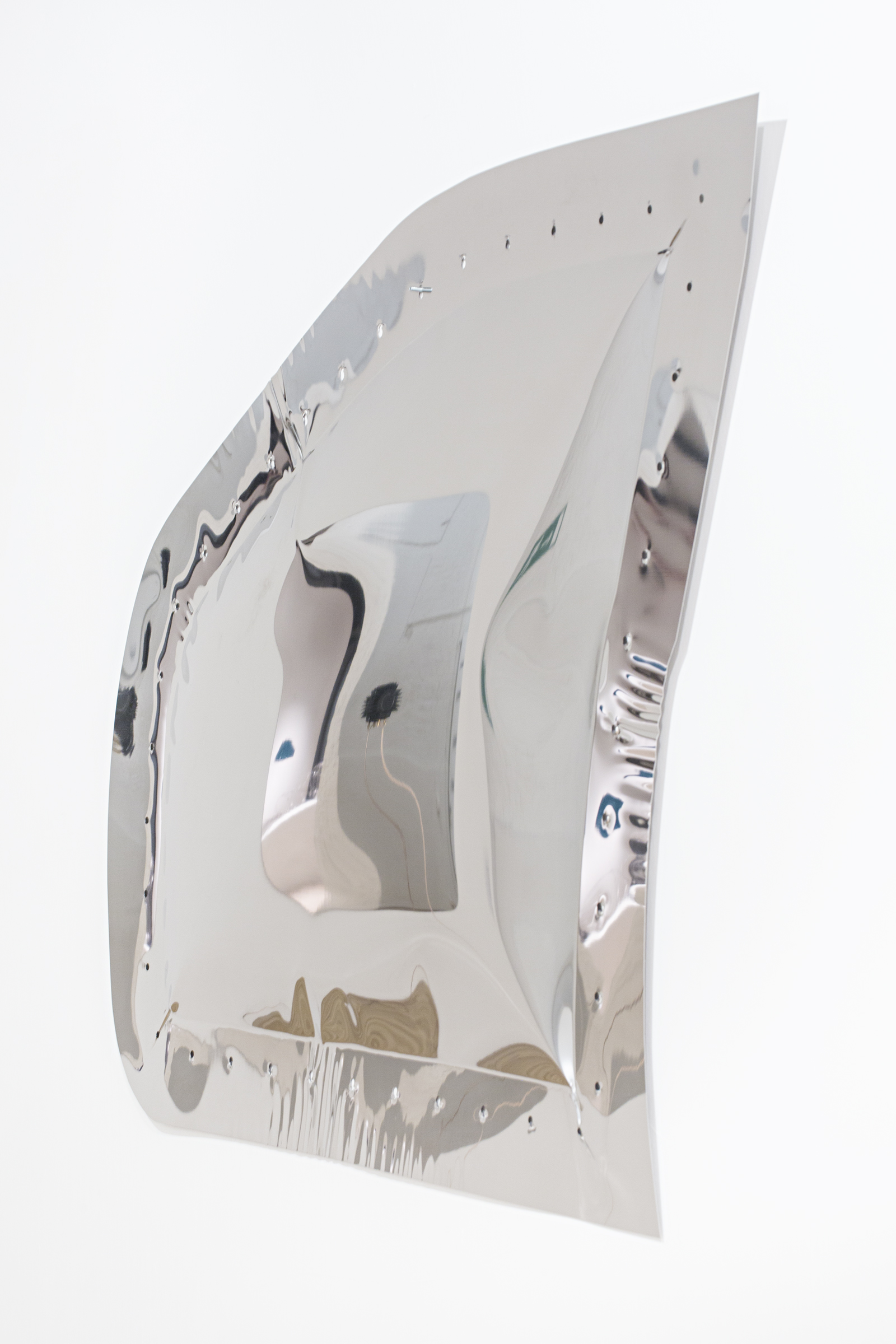
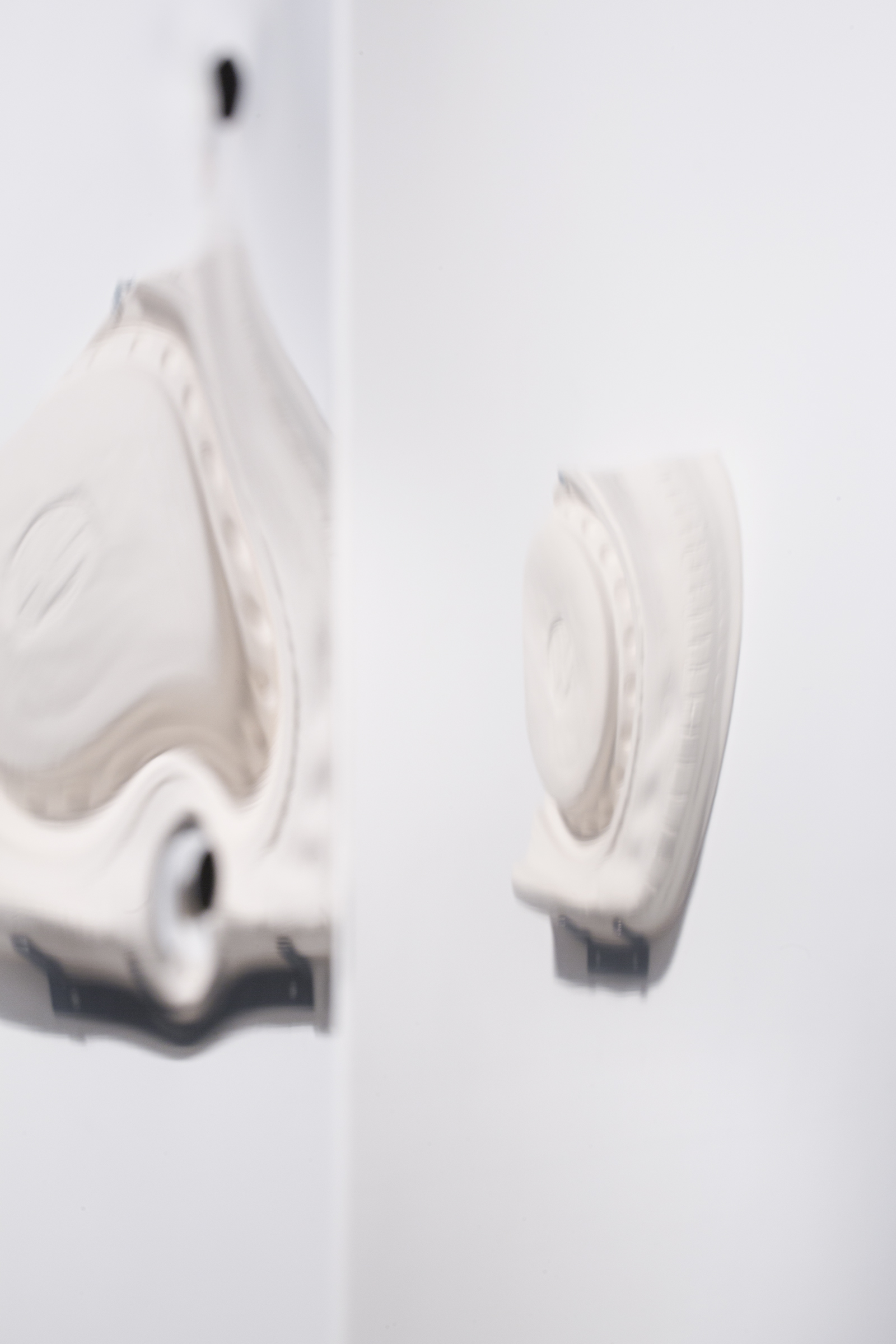

The Material Culture of Mobility: Car compression part and other junkjard archeology.
2021
Félix Luque, Iñigo Bilbao and Damien Gernay
Ceramis sculptures, photogrammetry 3D scans, CNC Milling, clay.
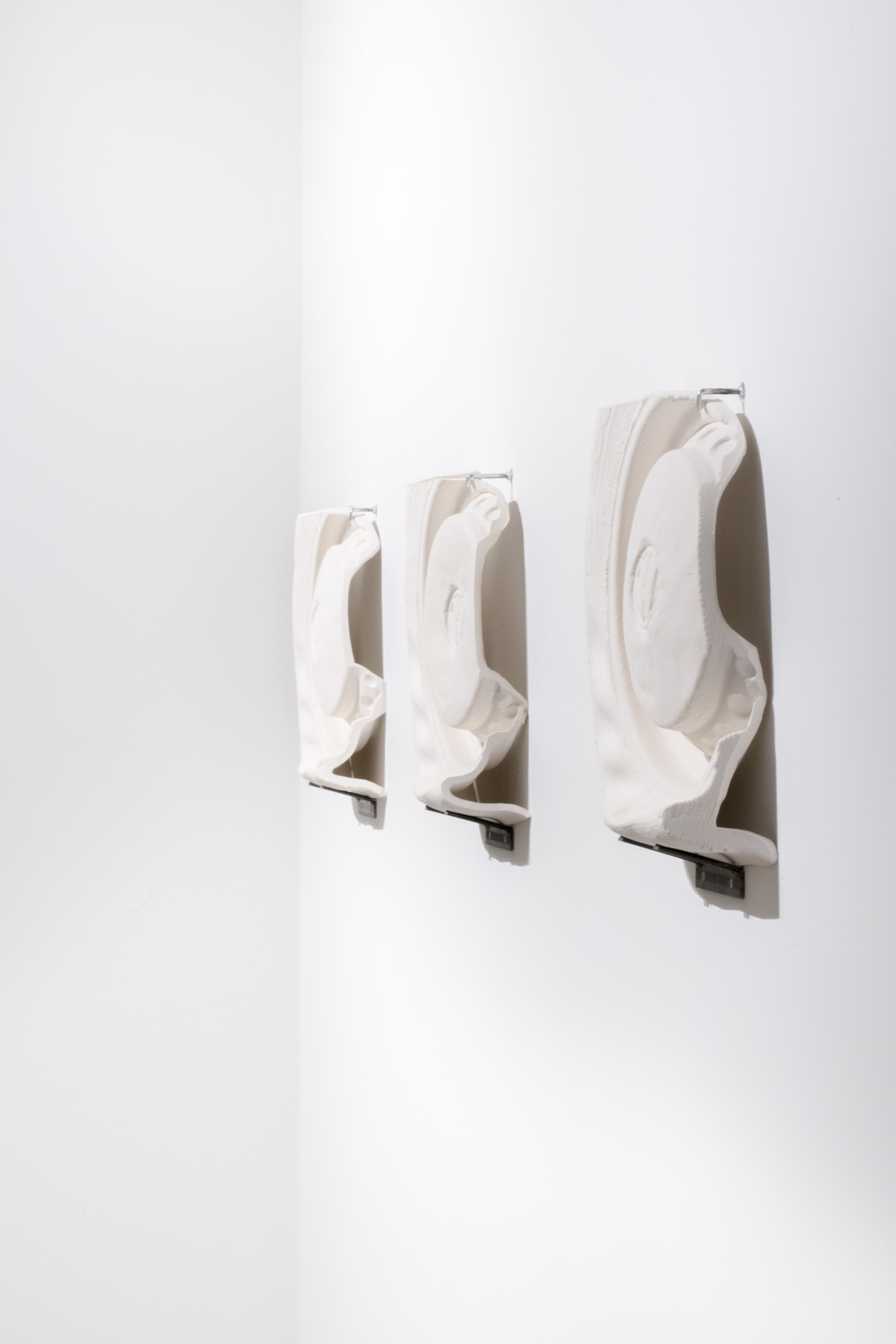



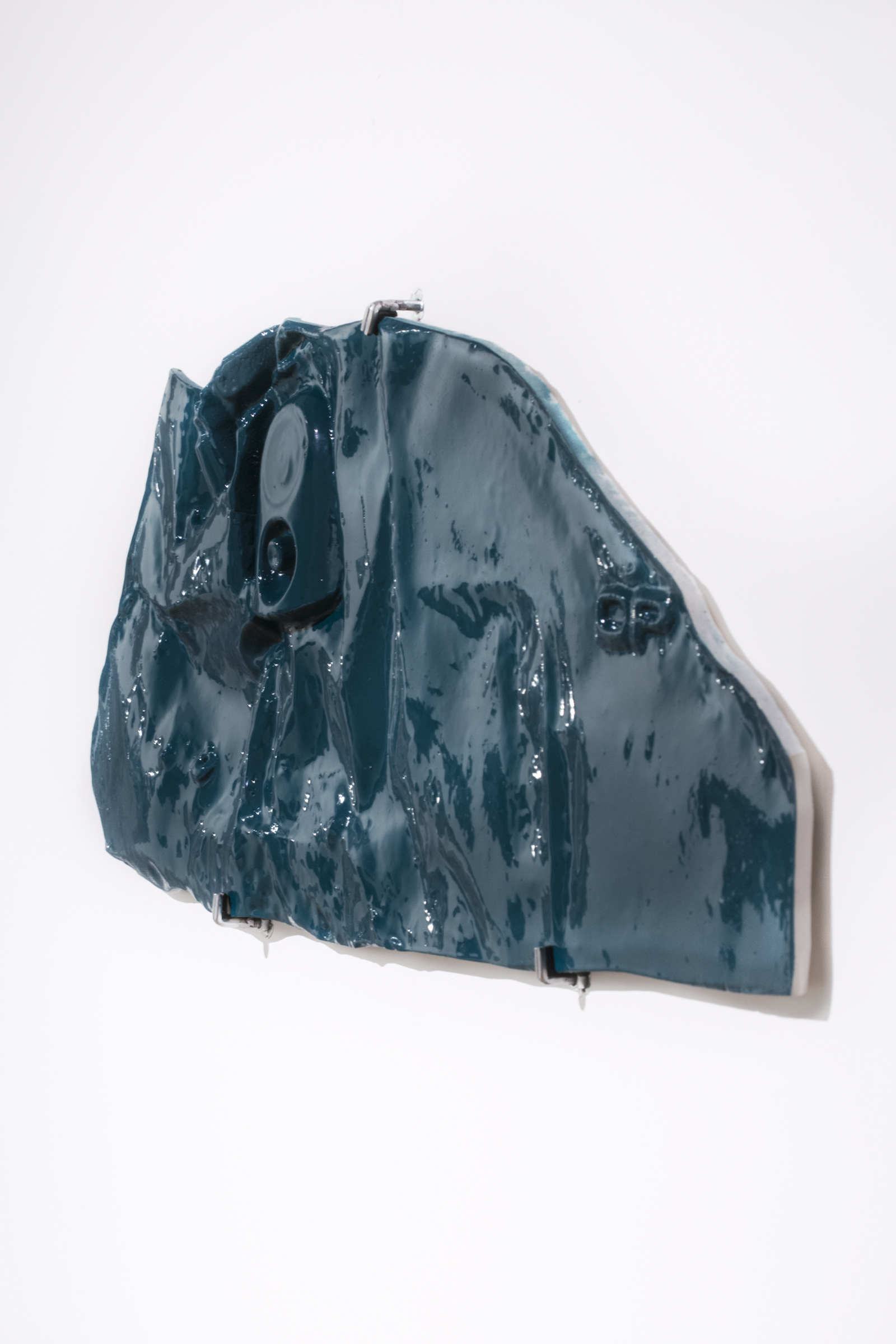

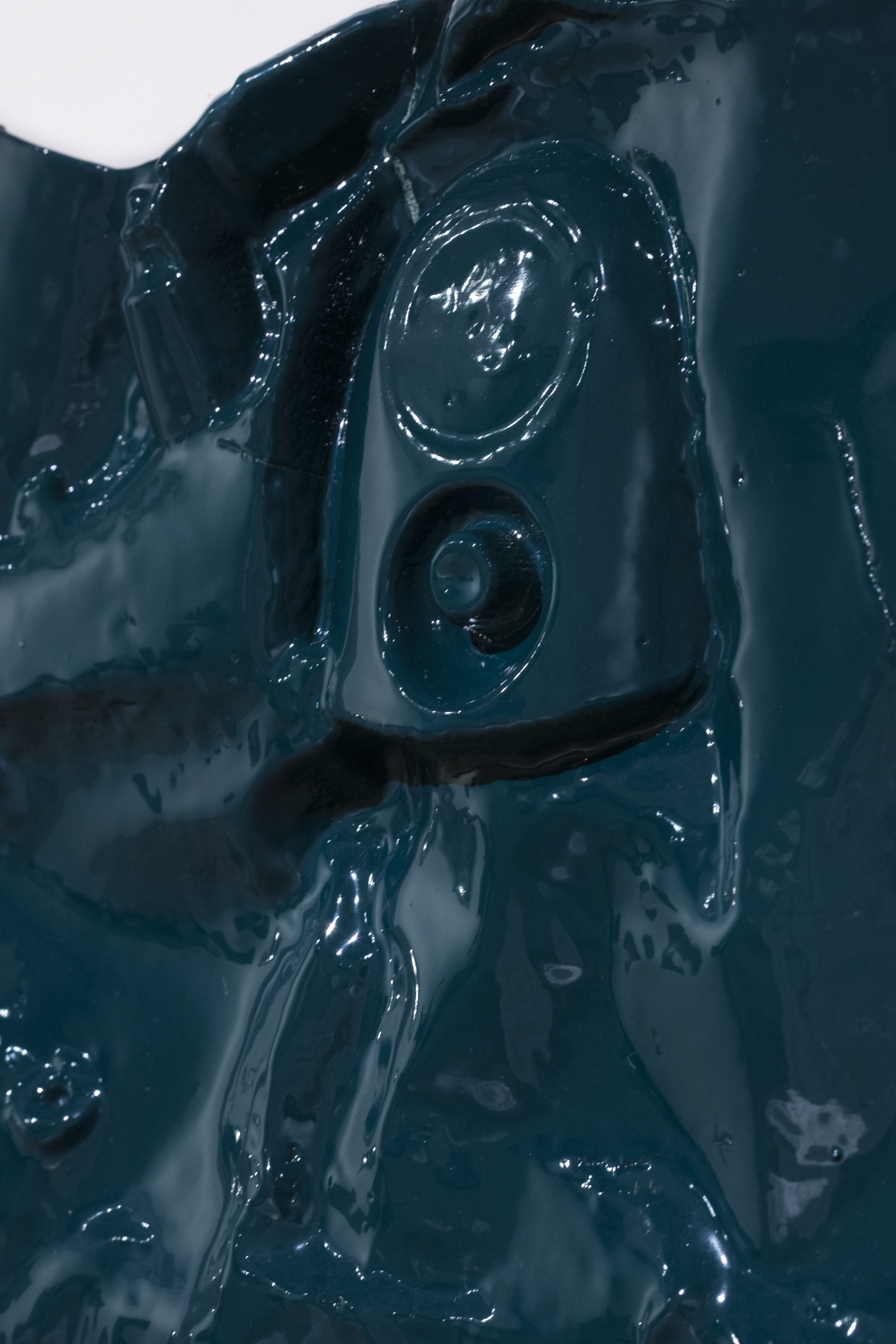
The Material Culture of Mobility: LF Sound System.
2021
Félix Luque and Damien Gernay
Sound sculpture, 1490 mm circular stainless steel mirror sheet, subwoofer, sound, custom electronics.
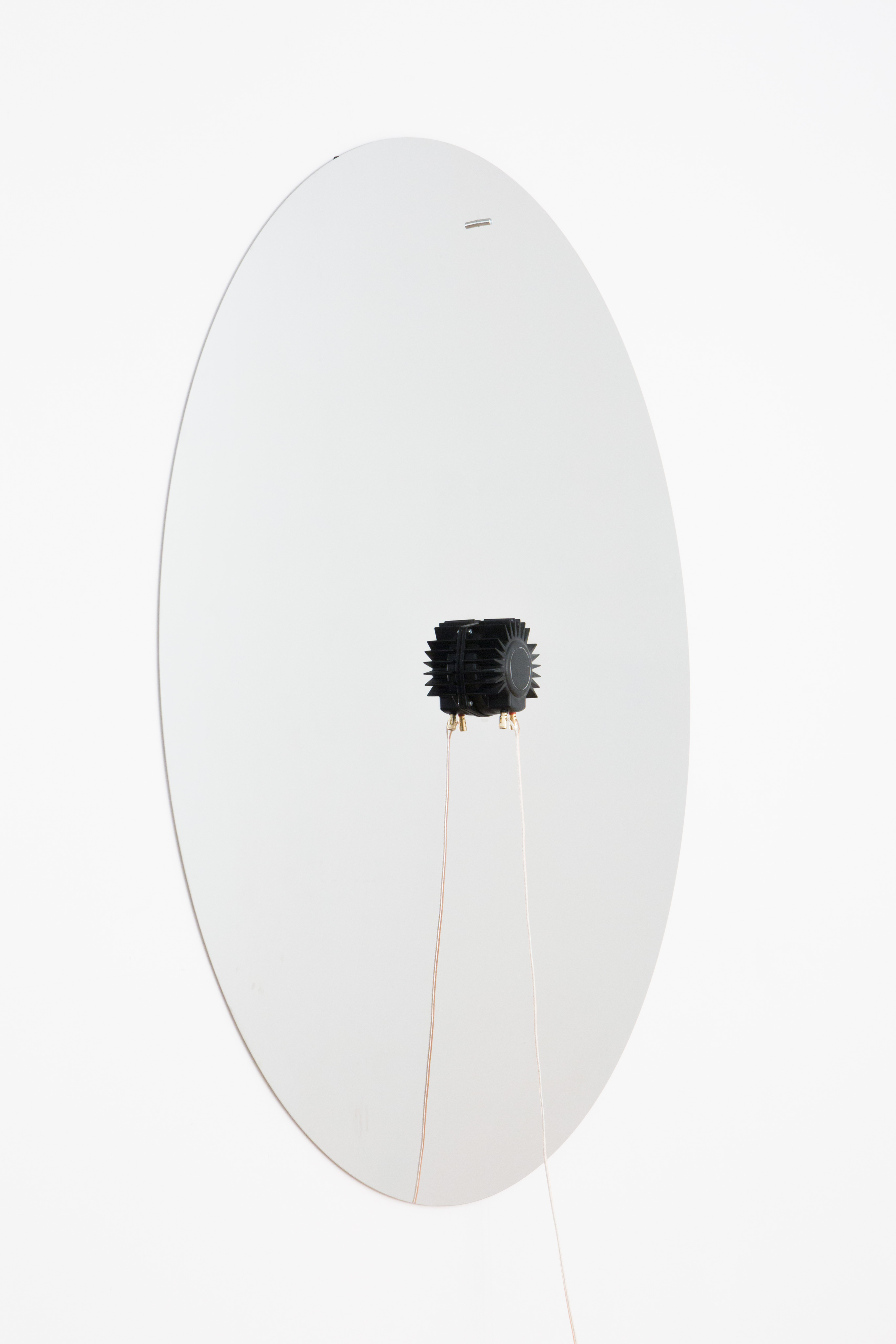
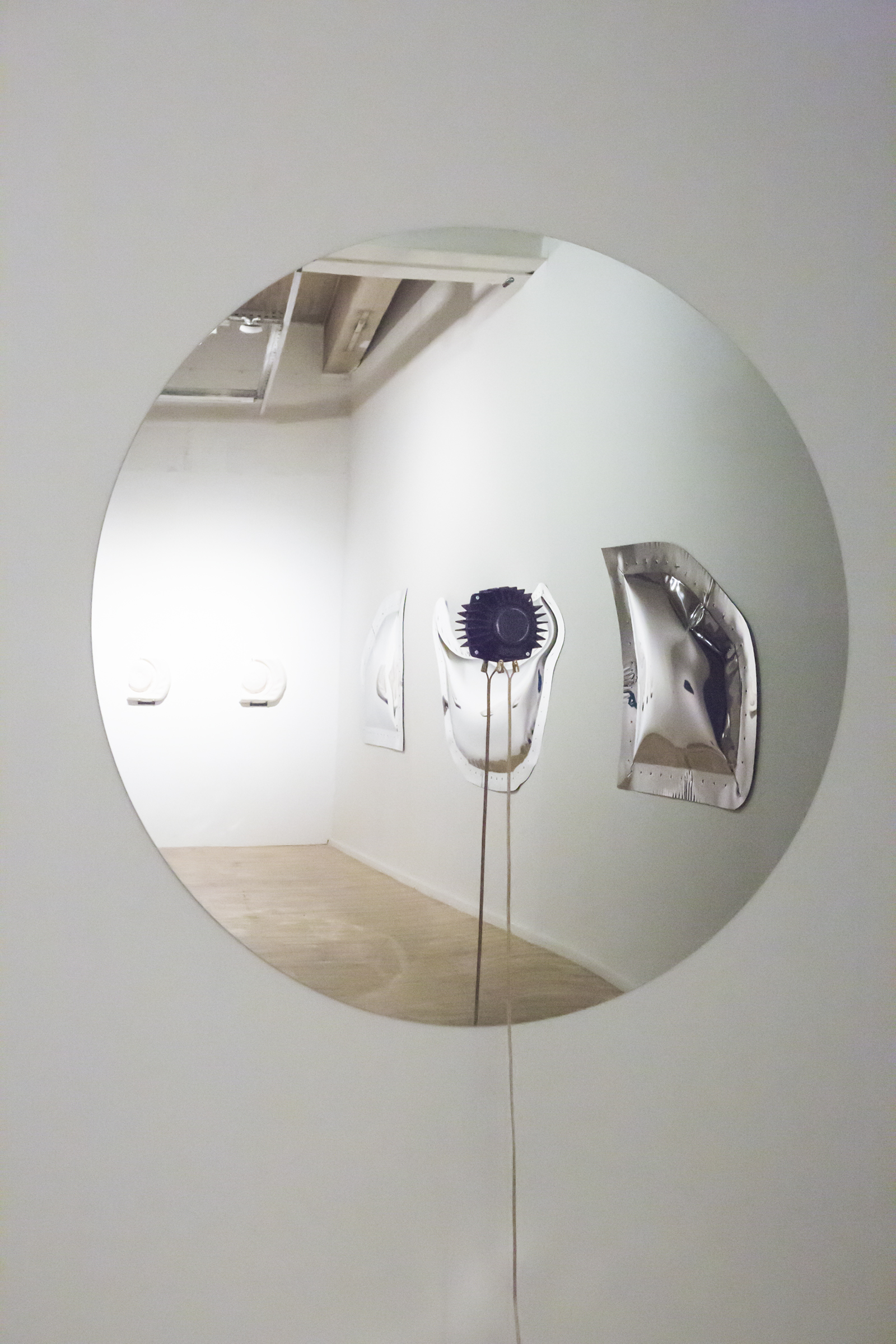
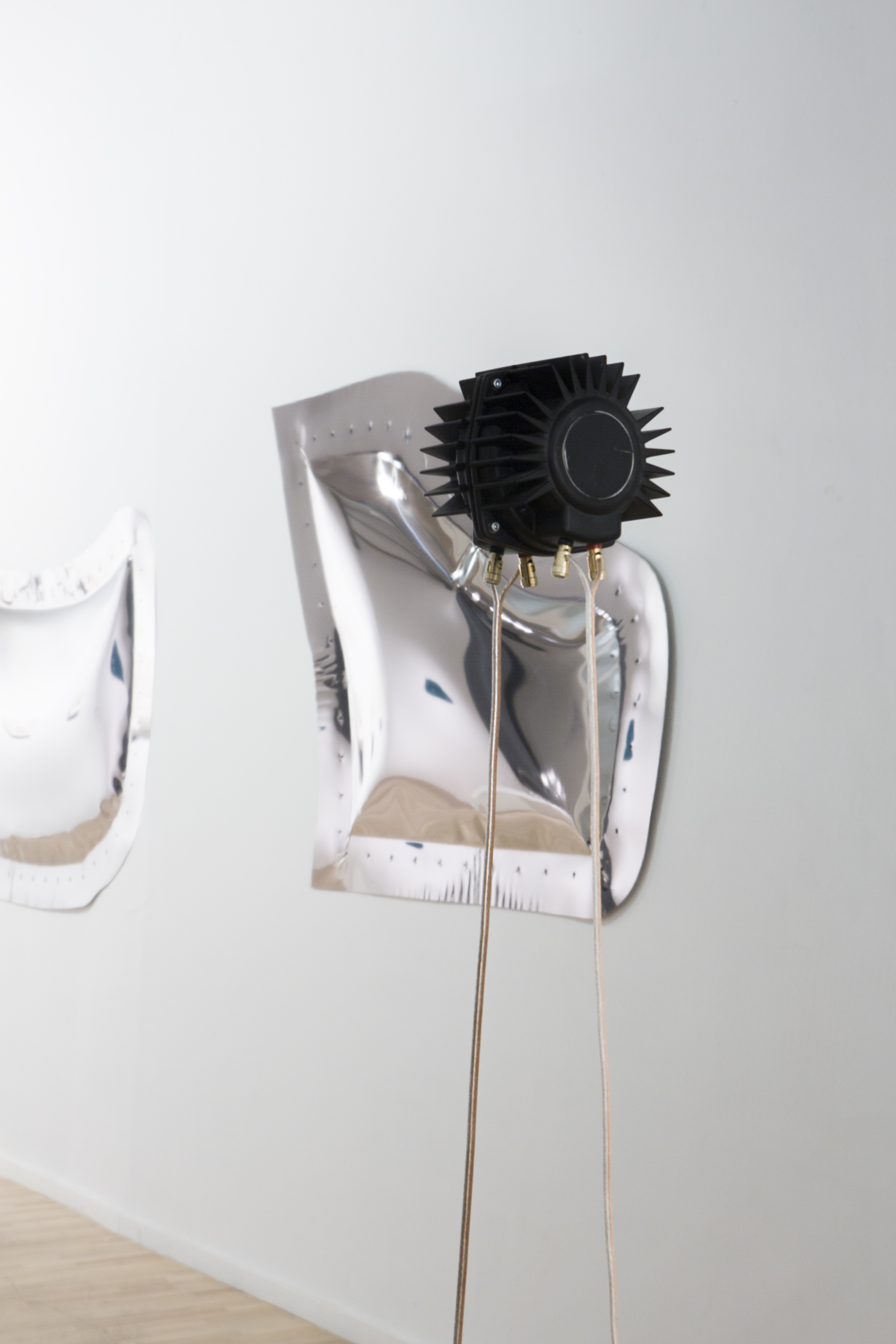
The Material Culture of Mobility: Los Angeles.
2021
Félix Luque and Damien Gernay
Sculpture, Los Angeles road and street satellite map, CNC cutted black rubber, dimensions variable.

The Material Culture of Mobility: highway barbed wire.
2021
Félix Luque and Damien Gernay
Sculpture, laser cut stainless steel, crossroad highway google maps.

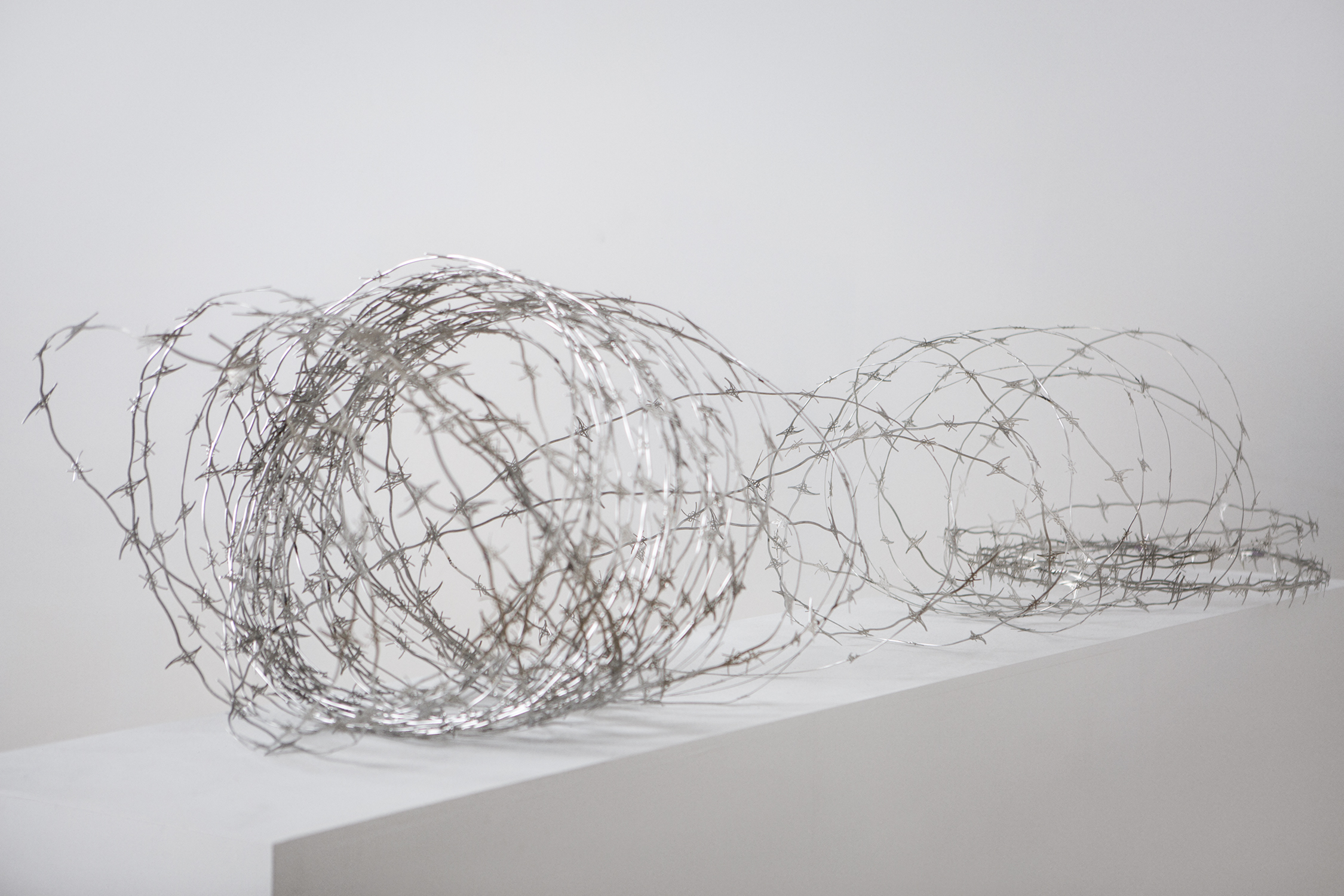
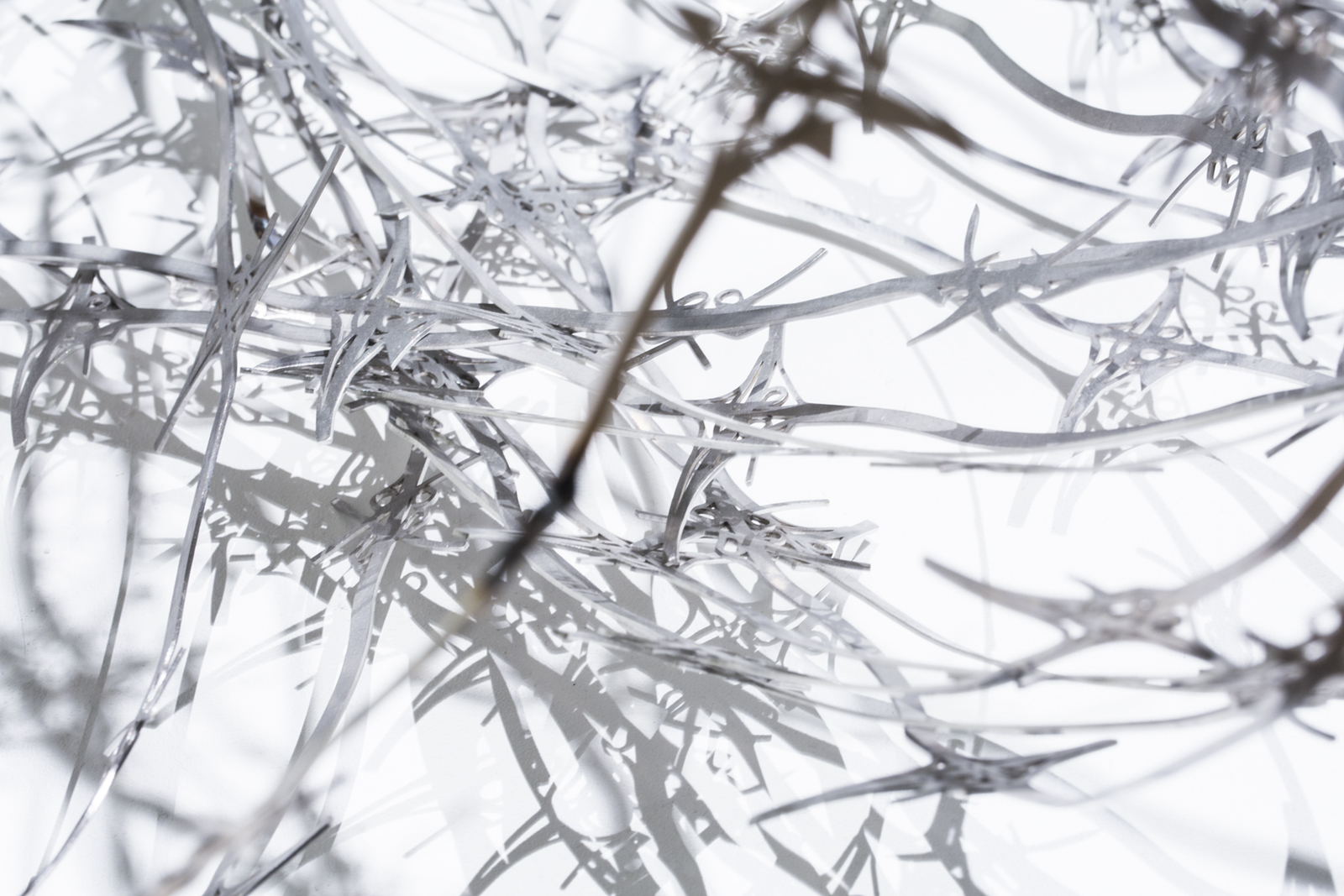
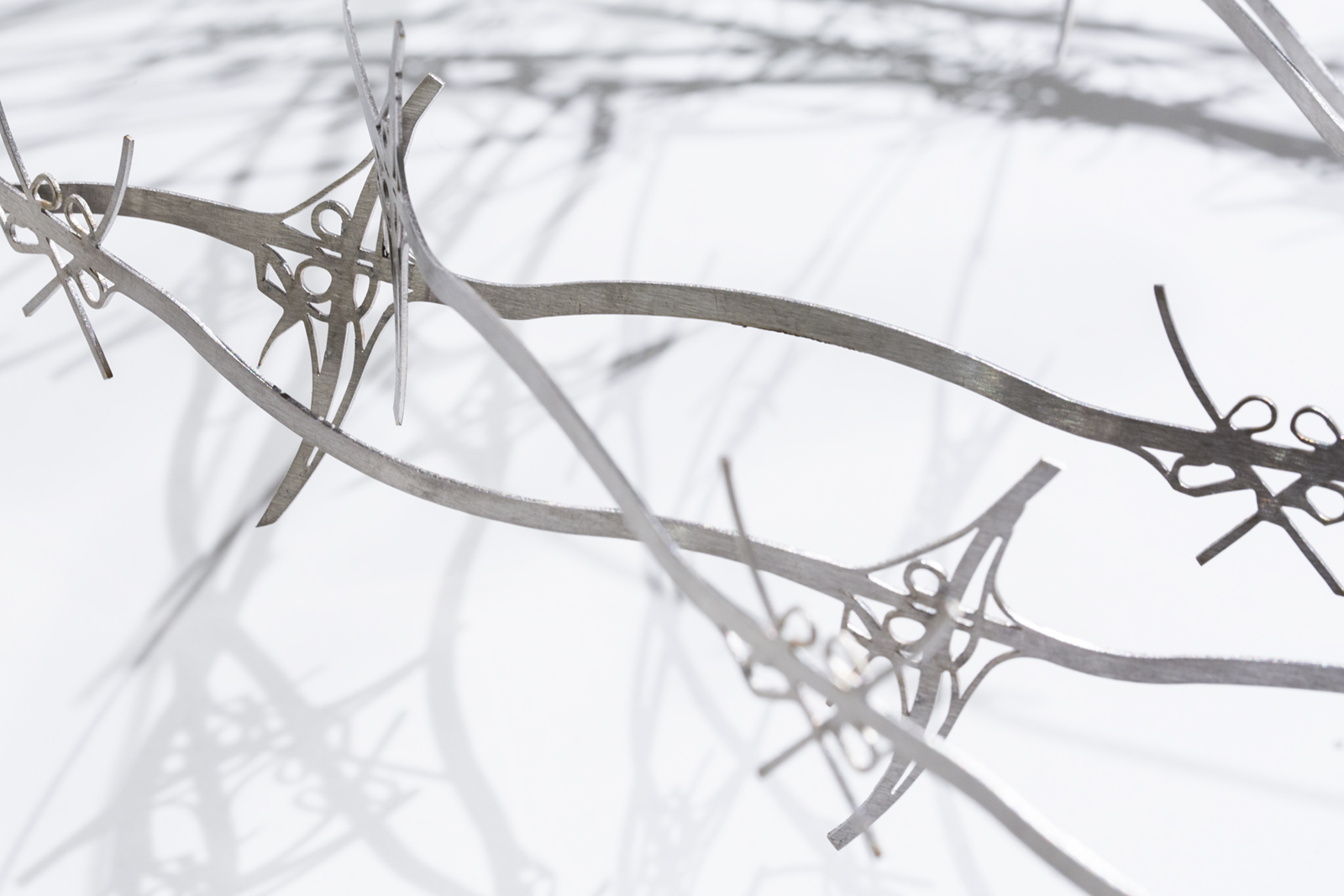
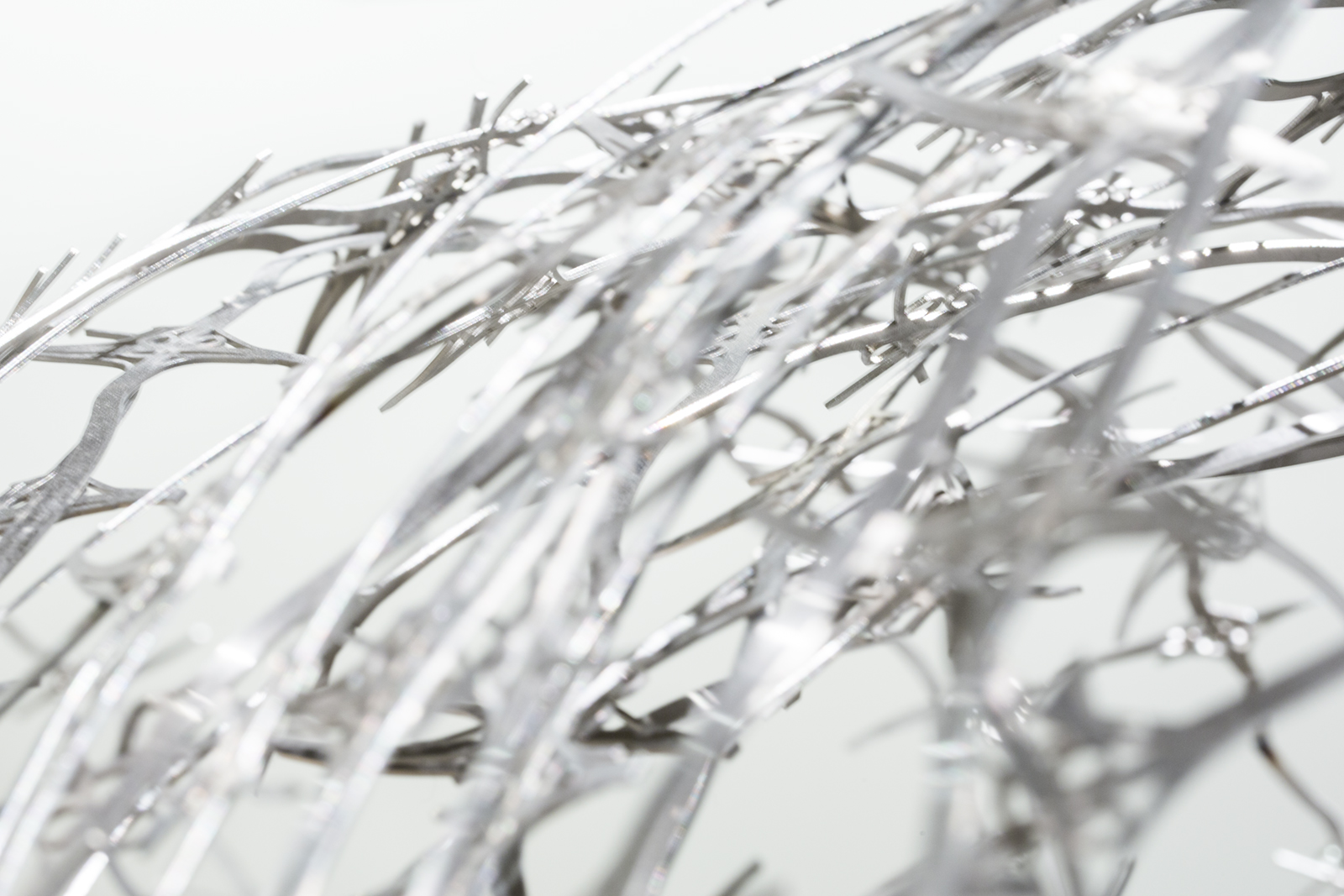
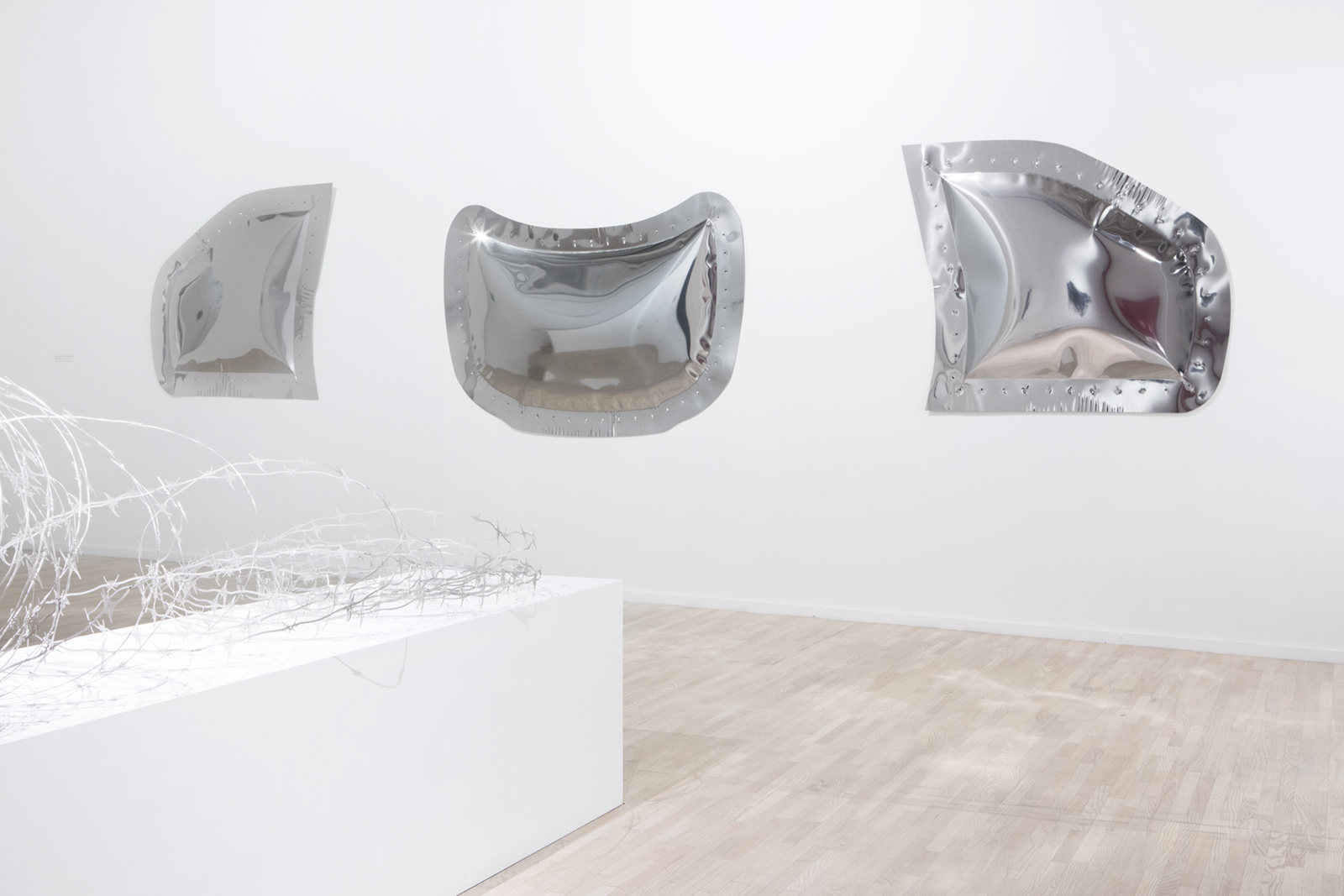
The Material Culture of Mobility focuses on a central symbol of capitalism and mass consumption: the automobile. A symbol of modernity since the second half of the 19th century, the car today precipitates questions about the major challenges of our world: the depletion of natural resources and the ecological collapse of the contemporary world. The car industry exemplifies the current fragility of the neo-liberal model and economic globalisation and has become one of the emblems of the incapacity of current technological alternatives to face these challenges.
Following the project Junkyard (2019), this sculptural project transforms the material culture of the car as remains off the pass. The sculptural elements are made using different techniques and approaches in an attempt to re-materialise these popular objects into glamorous debris:
The car’s body reinterpreted
- A series of 3d Scans taken in different junkyards and rematerialised in ceramic pieces.
- Re-makes of car body parts, like hoods and doors, as simplified forms following an inverted fabrication procedure. Instead of using metal stamping as in the car manufacturing industry, the metal sheets are inflated with a DIY low-tech technique using air pressure.
The landmarks of the car:
- DIY Highway barbed wires, where the cutting parts are drawings taken from google maps of real highway crossroads. The highway is represented as an enclosed and controlled space in contradiction with its romantic representation as an open way to freedom.
- The Los Angeles road’s city map taken from satellite data, transformed into a dropped skin of rubber.
The Sound culture of the car:
- Taken as a basic element of the globalise car-tuning subculture, a subwoofer becomes a phonic instrument playing visually and acoustically with the exhibition space.
The Material Culture of Mobility is a production of MIMA, Millennium Iconoclast Museum of Art. Brussels.